Canada's Gen Z voters turn to Conservative Party's Pierre Poilievre in race against Liberal leader Mark Carney
Published in Political News
Giancarlo Zorrilla attended a campaign rally for the first time in his life in March. It was a rainy night near Vancouver — typical weather for Canada’s west coast — but that wasn’t stopping the 29-year-old Canadian from seeing Pierre Poilievre speak.
“It’s time for a change,” Zorrilla said on his way in to see the Conservative leader give a fervent, hourlong speech on skyrocketing housing prices and the failures of former Prime Minister Justin Trudeau. Sure, Trudeau has stepped away from politics, but even a Trudeau-less Liberal Party is “still the same rock band,” Zorrilla mused.
It’s a sentiment shared among a significant number of young people. More than nine years after the Liberals swept to power on a platform of environmentalism, legalized marijuana and more immigration, many younger voters are frustrated. Housing prices have surged since 2015 while key economic measures have sputtered. Millennials and Generation Z have been consumed by a cost-of-living crisis that’s made the prospect of home ownership and a timely retirement appear increasingly out of reach.
Poilievre’s appeal with younger voters hasn’t been enough to put him in a winning position. Opinion surveys show his Conservatives trailing the Liberal Party by several percentage points with less than two weeks to go until the election.
About 39% of Canadians aged 18 to 34 support the Conservatives, versus 36% for the Liberals, according to a recent poll from Nanos Research. Prime Minister Mark Carney’s Liberals, meanwhile, perform better among older voters; the same research shows about 53% of people 55 and older support the Liberals, compared with 32% for the Conservatives.
Now the leaders are racing to ensure their most enthusiastic demographics turn up at the voting booth for an election that’s divided along age and gender lines.
“We’re used to seeing older people as ‘small-c’ conservatives, while young people lean further to the left,” said Laura Stephenson, a professor of political science at the University of Western Ontario. “That’s flipped. If you’re not doing so hot under one government, you look to an alternative, and the alternative that’s spoken to young people is the Conservatives.”
Poilievre’s youthful overtures mark a departure for Canada’s Conservatives, which have long struggled to overcome a reputation for policies that stood opposite to those of popular cultural figures and campus-cultivated beliefs. Since taking the party’s helm in 2022, the 45-year-old politician has made affordability the bedrock of his platform, promising to cut income taxes, reduce red tape for home builders and boost tax-free savings programs for individual Canadians.
His brash style is tailored to an audience that grew up on social media and anti-establishment populism. He’s been known to wear snug tees and aviators, and once joined a shawarma chain owner on YouTube to smoke hookah and wax theoretical on the virtues of cryptocurrency.
Carney, 60, veers in the opposite direction. A relative newcomer to the political scene, the Liberal leader is largely unknown to a generation that was in grade school while he steered the Bank of Canada through the 2008 financial crisis. His base mostly consists of voters who remember a previous, more tranquil era of Canadian politics.
He’s largely embraced that demographic reality. His messaging often taps into older Canadians’ nostalgia, best illustrated by a campaign ad in which the prime minister and actor Mike Myers stand rinkside at a hockey arena and, sporting Team Canada jerseys, talk about Mr. Dressup, Howie Meeker and the Tragically Hip. It’s a conversation only Generation X kids would truly understand.
The strategy seeks to complement a resurgence in Canadian patriotism in response to U.S. President Donald Trump’s tariffs and his professed desire to make Canada the “51st state.” Tracy Nice, 64, had voted Conservative her whole life but switched her support to Carney’s Liberals amid the country’s escalating trade feud with the United States.
“Carney just seems like a very smart, calm, thoughtful man who I trust,” said the British Columbia resident. “And obviously the Bank of Canada and the Bank of England trusted him.”
The race for young voters may be narrowing. Nanos data shows Conservative support among voters 18 to 34 has dropped about six percentage points in two weeks. And a new Leger Marketing Inc. poll puts the two major parties essentially tied among this demographic — with young Canadians pointing to inflation and Trump’s tariffs and aggression as the top issues influencing their vote.
Trudeau’s resignation in January helped turn around an all-but-certain shellacking for the Liberals in the upcoming election. Carney’s politics — milder than Trudeau’s, and prone to borrowing from Conservative agenda items — appears to have enticed voters that were unlikely to support the previous iteration of the Liberal Party.
When the choice was between Trudeau and Poilievre, “I couldn’t vote Liberal and I couldn’t vote Conservative,” Nice said. “And then a miracle happened, and Carney took over. And I was just so frickin’ happy.”
Support for the two leading candidates is notably divided between genders. More than twice as many women support Carney’s party than they do Poilievre’s, according to Nanos. And about 49% of men support the Conservatives, while roughly 35% favor the Liberals.
Poilievre’s team has sought to soften his image, with his wife, Anaida, taking on a prominent role in the campaign. But that hasn’t kept him from receiving scrutiny on gender issues: Liberal candidates seized on Poilievre’s use of the phrase “biological clock” when talking about young couples who want to buy a home in which to raise a family, but can’t afford it.
“Poilievre’s style is coded masculine,” Stephenson said. “And the Conservative Party in general, given their background and trajectory, has often been favored by men over women.”
The generational divide marks an inversion for the parties, which have long seen the youth vote swing left while older voters move to the right. But the state of the economy eroded support for the Liberals even as they netted numerous victories on issues that motivated young people to support them in 2015.
“We have legalized marijuana, we have pharmacare, we have dental care. We have all these things that, for a lot of young people, were very important,” Stephenson said. “What many of them still struggle with, though, is paying rent, or buying a home.”
_____
(With assistance from Thomas Seal.)
©2025 Bloomberg L.P. Visit bloomberg.com. Distributed by Tribune Content Agency, LLC.
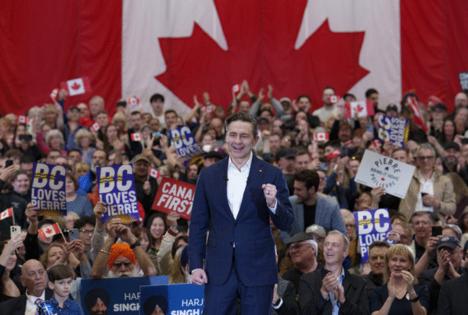


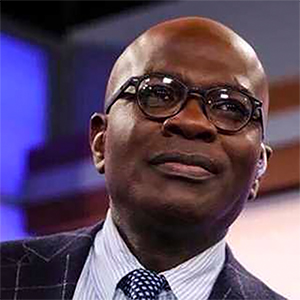

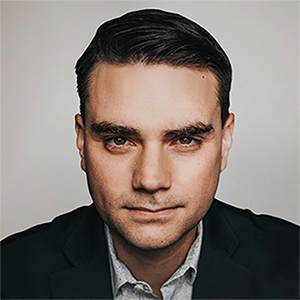
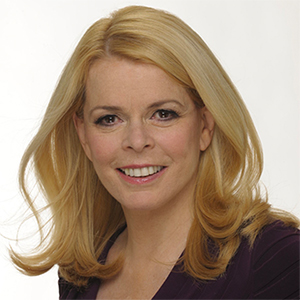
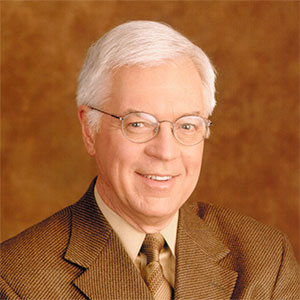
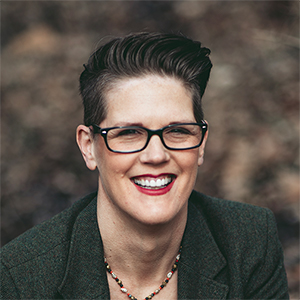
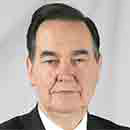

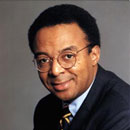



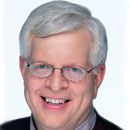


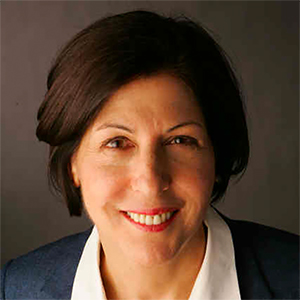

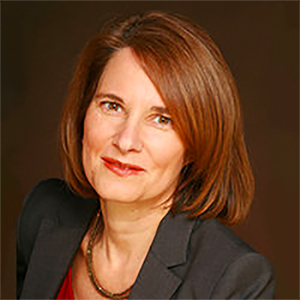


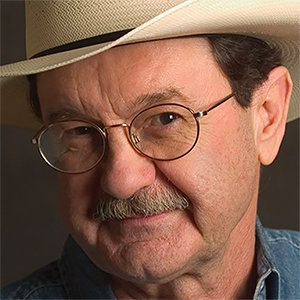

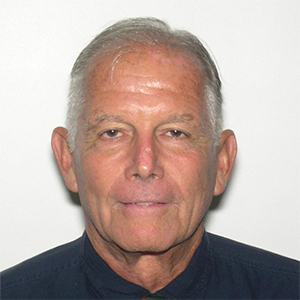

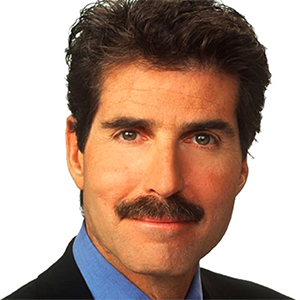
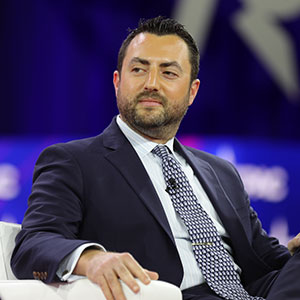

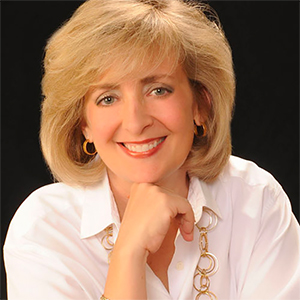

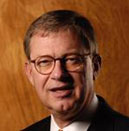
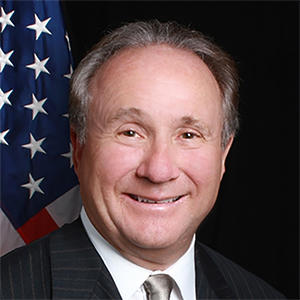

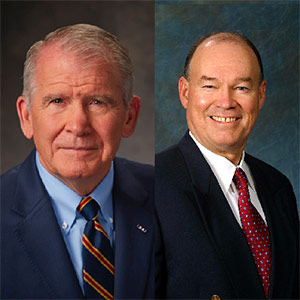
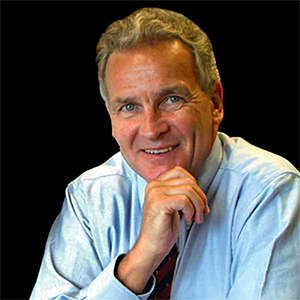

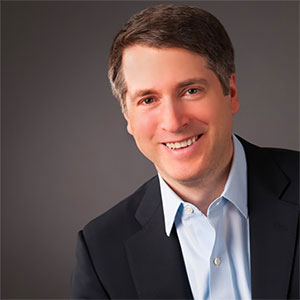

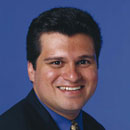
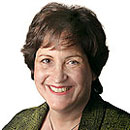
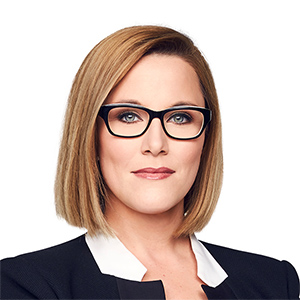

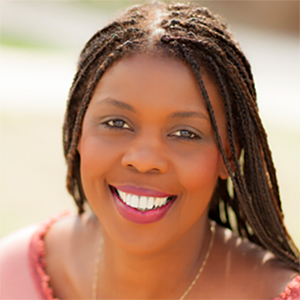









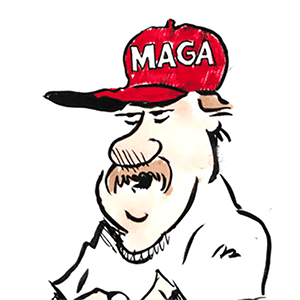



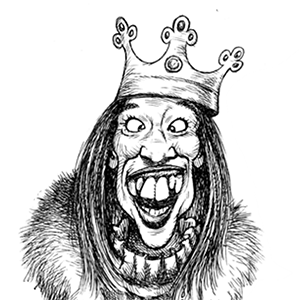
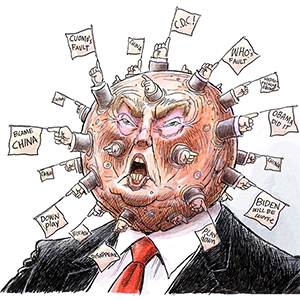
Comments